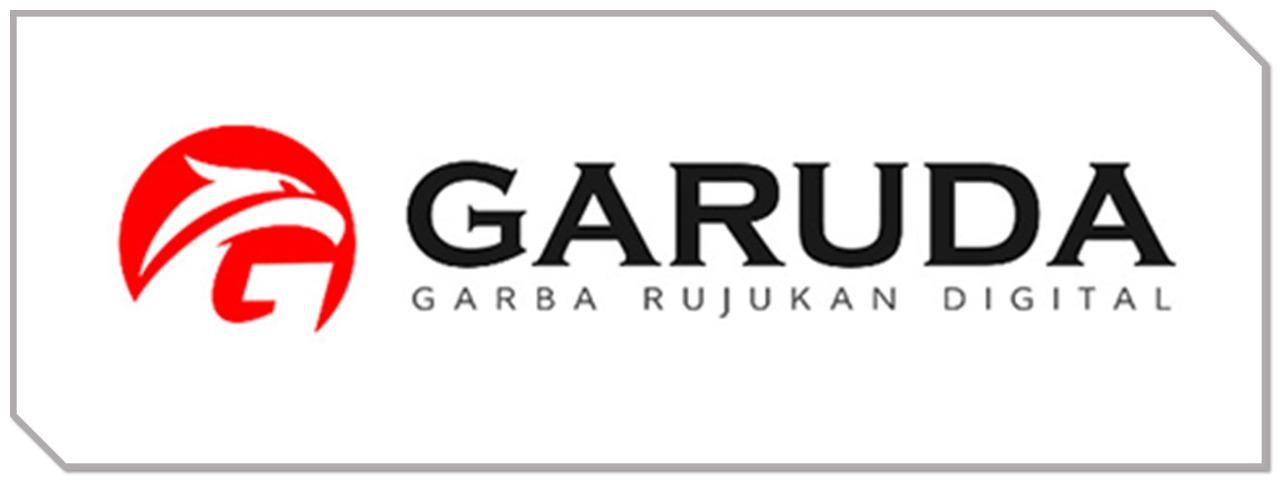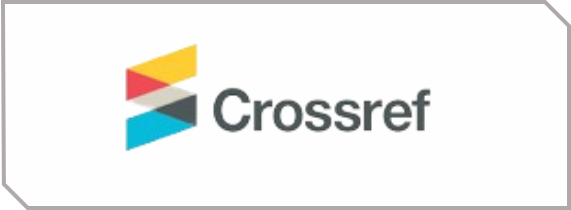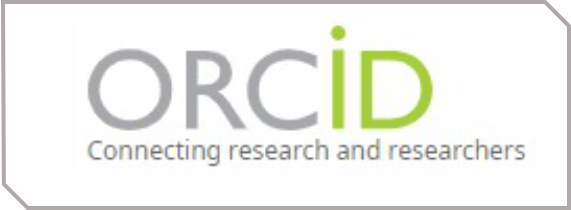Perkiraan Laju Penetrasi Pengeboran Sumur Panas Bumi Menggunakan Adaptive NeuroFuzzy Inference System
DOI:
https://doi.org/10.30588/jo.v8i1.1786Keywords:
ANFI, panas bumi, pemboran, laju penembusanAbstract
Plan an optimal geothermal well drilling scheme, the identification of suitable drilling parameters must be well known.Several important parameters in a drilling operation include rotary speed (N), weight on bit (WOB), true vertical depth (TVD), foamflowrate (FF), and rate of penetration (ROP). Information regarding these parameters can be obtained from drilling geothermal wells.Drilling parameter correlations are then obtained based on this information. The application of an adaptive neuro-fuzzy inferencesystem (ANFIS) is necessary considering that the relationship between parameters is very complicated and non-linear. On the other hand, the relationship between parameters is not easy to know. In this study, the ANFIS model is developed to propose ROP. Data was
obtained from four wells in a geothermal field in South Sumatra. Three ANFIS models were generated. Each model includes different input parameters. rotational speed (N) and weight on drill bit (WOB) and true vertical depth (TVD) are recommended for estimation of rate of penetration (ROP). Adding the foam flow (FF) input rate parameter can improve the accuracy in three out of four cases. Based on the calculation results of the ANFIS-1, ANFIS-2, and ANFIS-3 models, the average relative absolute deviation (MARE) values were 16.42%, 6.99%, 4.14%, respectively, while the correlation coefficient (R) was respectively - respectively 0.716, 0.909, and 0.937
References
Ayoub, M., Shien, G., Diab, and Ahmed, Q. (2017). Modeling of Drilling Rate of Penetration Using Adaptive Neuro-Fuzzy Inference System. International Journal of Applied Engineering Research, 12(22), pp. 12880-12891.
Dwinanto, A., and Rachmat, S. (2015). Aerated Underbalance Drilling Screening Assessment at “X” Geothermal Field. KnE Energy, 1(1), pp. 22-46. https://doi.org/10.18502/ken.v1i1.339
Elkatatny, S. (2020). Real-Time Prediction of Rate of Penetration in S-Shape Well Profile Using Artificial Intelligence Models. Sensors, 2020, 20, 3506; doi:10.3390/s20123506.
Elkatatny, S. (2021). Real-time prediction of rate of penetration while drilling complex lithologies using artificial intelligence techniques. Ain Shams Engineering Journal, 12(1), pp. 917-926.
Elkatatny, S., Al-AbdulJabbar, A. and Abdelgawad, K. (2020). A New Model for Predicting Rate of Penetration Using an Artificial Neural Network. Sensors, 20 (7), pp. 2058. https://doi.org/ 10.3390/s20072058.
Fathaddin, M.T., Irawan, S., Marhaendrajana, T., Rakhmanto, P.A., Malinda, M.T., Nugrahanti, A., and Ridaliani, O. (2023). Application of Artificial Neural Network to Estimate Rate of Penetration for Geothermal Well Drilling in South Sumatera. International Journal of Emerging Technology and Advanced Engineering, 13(3), pp. 135-140.
Galle, E.M. and Woods, A.B. (1963). Best Constant Weight and Rotary Speed for Rotary Rock Bits, Houston, Hughes Tool Co., pp. 48-73.
Hamdi, Z., Haldavnekar, A., Momeni, M., and Bataee, M. (2020). Improving Drilling Rate of Penetration Modelling Performance Using Adaptive Neuro-Fuzzy Inference Systems. the Abu Dhabi International Petroleum Exhibition & Conference, Abu Dhabi, UAE, November 2020, SPE-203427-MS, https://doi.org/10.2118/203427-MS.
Irawan, S. and Anwar, I. (2012). Optimization of Weight on Bit During Drilling Operation Based on Rate of Penetration Model. Jurnal Aptek, vol. 4, no. 1, pp. 55-64.
Kusumawardani, R., Kustono, B., and Pudyastuti, K. (2015). Kinerja Operasi Aerated Drilling pada Sumur N di Lapangan Panas Bumi K. Seminar Nasional Cendekiawan 2015, Jakarta, Indonesia.
Lukawski, M.Z., Anderson, B.J., Augustine, C., Capuano, L.E., Beckers, K.F., Livesay, B., and Tester, J.W. (2014). Cost Analysis of Oil, Gas, and Geothermal Well Drilling. Journal of Petroleum Science and Engineering, 118 (2014), pp. 1–14. https://doi.org/10.1016/j.petrol.2014.03.012.
Malik, D. and Abidin, Z., (2012). Geochemistry monitoring during drilling in Wayang Windu field, Indonesia. 34th New Zealand Geothermal Workshop, Auckland, Nov. 19–21.
Moraveji, M.K. and Naderi, M. (2016). Drilling rate of penetration prediction and optimization using response surface methodology and bat algorithm”, Journal of Natural Gas Science and Engineering, vol. 31, pp. 829-841.
Nugroho, W. A., Hermawan, S., Lazuardi, B. H., and Mirza, R. (2017). Drilling Problems Mitigation in Geothermal Environment, Case Studies of Stuck Pipe and Lost Circulation. The SPE/IATMI Asia Pacific Oil & Gas Conference and Exhibition, Jakarta, Indonesia, October 2017, SPE-186922-MS, https://doi.org/10.2118/186922-MS.
Oraee, K., Khorami, M. T., and Hosseini, N. (2012). Prediction of the Penetration Rate of TBM Using Adaptive Neuro Fuzzy Inference System (ANFIS). SME Annual Meeting, Feb. 19 - 22, 2012, Seattle, WA.
Paiaman, A. M., Al-Askari, G.M.K., Salmani, B., Al-Anazi, B. D., and Masihi, M. (2009). Effect of Drilling Fluid Properties on Rate of Penetration. NAFTA, 60(3), pp. 129-134.
Sammat, E., O'Shea, S., Innes, G., Kemenyfy, J.G., and Piscevic, D. (2012). Successful Controlled Pressure Drilling Application in a Geothermal Field. The SPE/IADC Managed Pressure Drilling and Underbalanced Operations Conference and Exhibition, Milan, Italy, March 2012, SPE-156895-MS, https://doi.org/10.2118/156895-MS.
Shokry, A., Elkatatny, S., and Abdulraheem, A. (2023). Real‑Time Rate of Penetration Prediction for Motorized Bottom Hole Assembly Using Machine Learning Methods. Scientific Reports, 13, pp. 14496, https://doi.org/10.1038/s41598-023-41782-2
Shiddiq, A. M. I., Christiantoro, B., Syafrie, I., -, A., Marbun, B. T. H., Wattimury, P., and Resesiyanto, H. (2017). A Comprehensive Comparison Study of Empirical Cutting Transport Models in Inclined and Horizontal Wells. Journal of Engineering and Technological Sciences, 49(2), pp. 275-289. https://doi.org/10.5614/j.eng.technol.sci.2017.49.2.9.
Souvanir, T., Putra, R.B., Putra, W.M., and Dumrongthai, P. (2015). Deepest Geothermal Well in Indonesia: A Success Story. Proceedings World Geothermal Congress 2015, Melbourne, Australia, 19-25 April 2015.
Schreuder, J. and Sharpe, P. (1999). Drilling the Limit-A Key to Reduce Well Costs. Proceedings of the SPE Asia Pacific Improved Oil Recovery Conference, Society of Petroleum Engineers (SPE), Kuala Lumpur, Malaysia, 25−26 October 1999, SPE-57258-MS.
Sriwijaya, S.A. and Fathaddin, M.T. (2021). Non-linear regression approach to ROP predicted in Geothermal well aerated-drilling at Field X, South Sumatera, Indonesia. The 5th Annual Applied Science and Engineering Conference (AASEC 2020), IOP Conf. Series: Materials Science and Engineering 1098 (2021) 062017, doi:10.1088/ 1757-899X/1098/6/062017.
Wakhyudin, A., Setiawan, D., and Marjuan, O.D. (2017). Aerated Drilling Cutting Transport Analysis in Geothermal Well. IOP Conference Series: Earth and Environmental Science, 103(1), pp. 012008, https://doi.org/10.1088/1755-1315/103/1/012008.
Yavari, H., Sabah, M., Khosravanian, R., and Wood, D.A. (2018). Application of an Adaptive Neuro-fuzzy Inference System and Mathematical Rate of Penetration Models to Predicting Drilling Rate. Iranian Journal of Oil & Gas Science and Technology, 7(3), pp. 73-100
Yuswandari, A., Prayoga, A., and Purba, D. (2019). Rate of Penetration (ROP) Prediction Using Artificial Neural Network to Predict ROP for Nearby Well in a Geothermal Field. 44th Workshop on Geothermal Reservoir Engineering. Stanford University, California.
Downloads
Published
How to Cite
Issue
Section
License
Copyright (c) 2024 Muhammad Taufiq Fathaddin, Rini Setiati, Havidh Pramadika, Agus Guntoro, Fidya Varayesi, Alvita Kumala Sari

This work is licensed under a Creative Commons Attribution 4.0 International License.
Authors retain copyright and grant the Jurnal Offshore right of first publication with the work simultaneously licensed under a Creative Commons Attribution 4.0 International License that allows others to share (copy and redistribute the material in any medium or format) and adapt (remix, transform, and build upon the material) the work for any purpose, even commercially with an acknowledgement of the work's authorship and initial publication in Jurnal Offshore. Authors are able to enter into separate, additional contractual arrangements for the non-exclusive distribution of the journal's published version of the work (e.g., post it to an institutional repository or publish it in a book), with an acknowledgement of its initial publication in Jurnal Offshore. Authors are permitted and encouraged to post their work online (e.g., in institutional repositories or on their website) prior to and during the submission process, as it can lead to productive exchanges, as well as earlier and greater citation of published work (See The Effect of Open Access).















